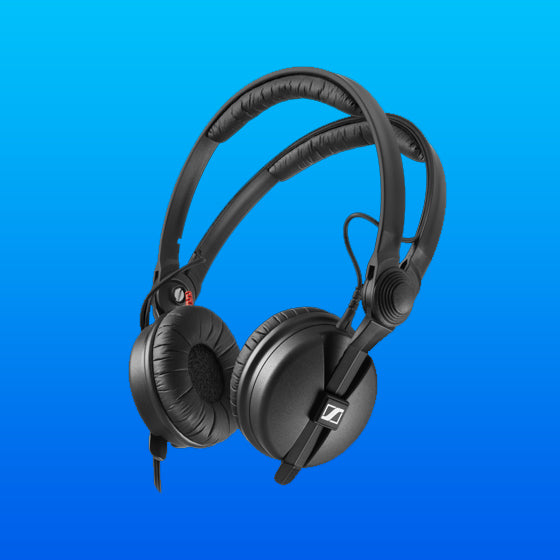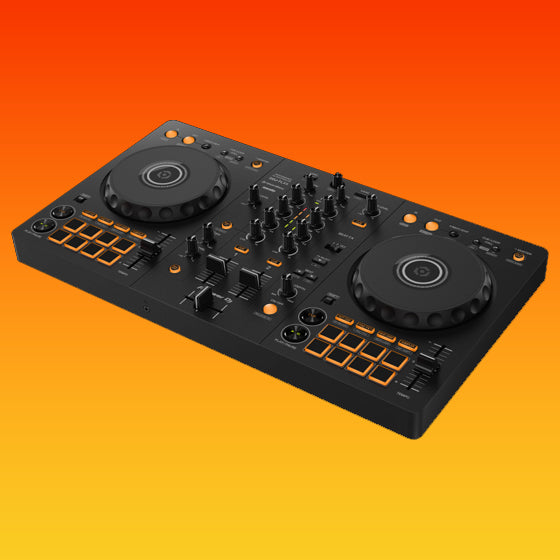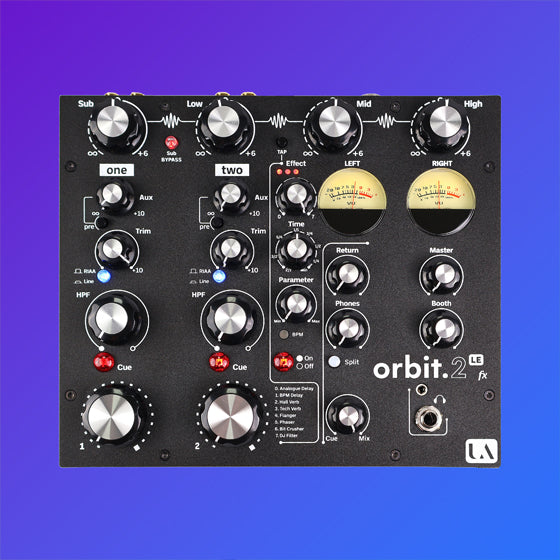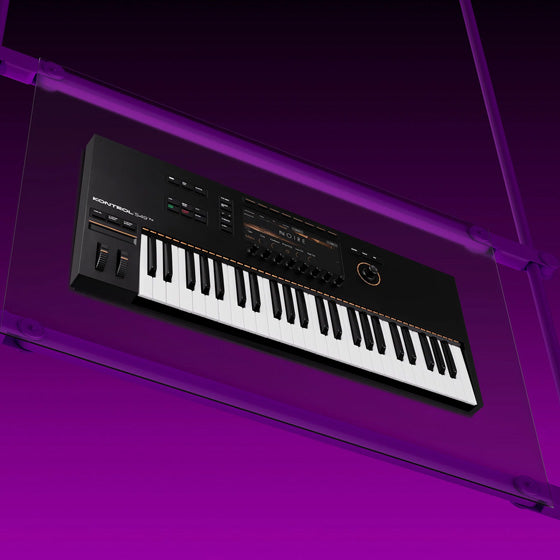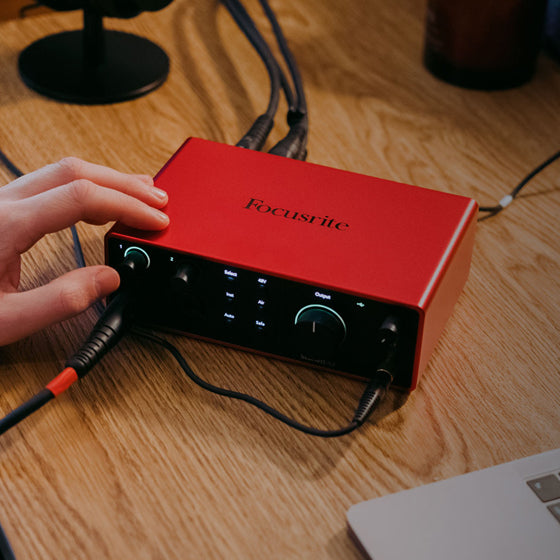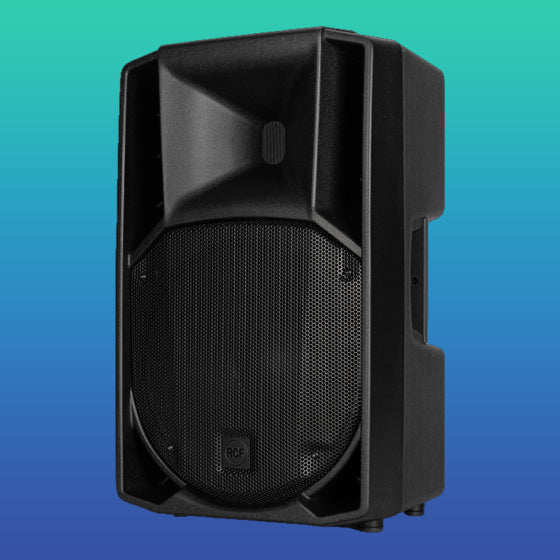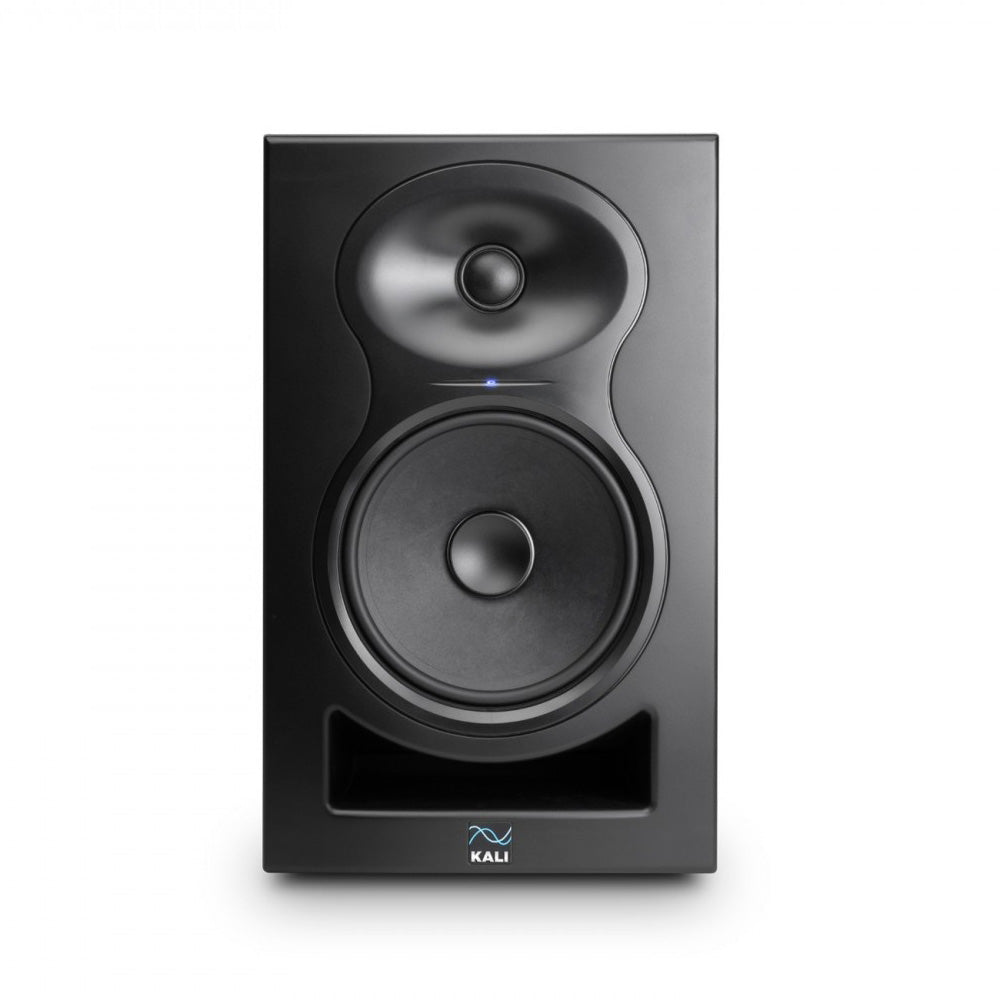
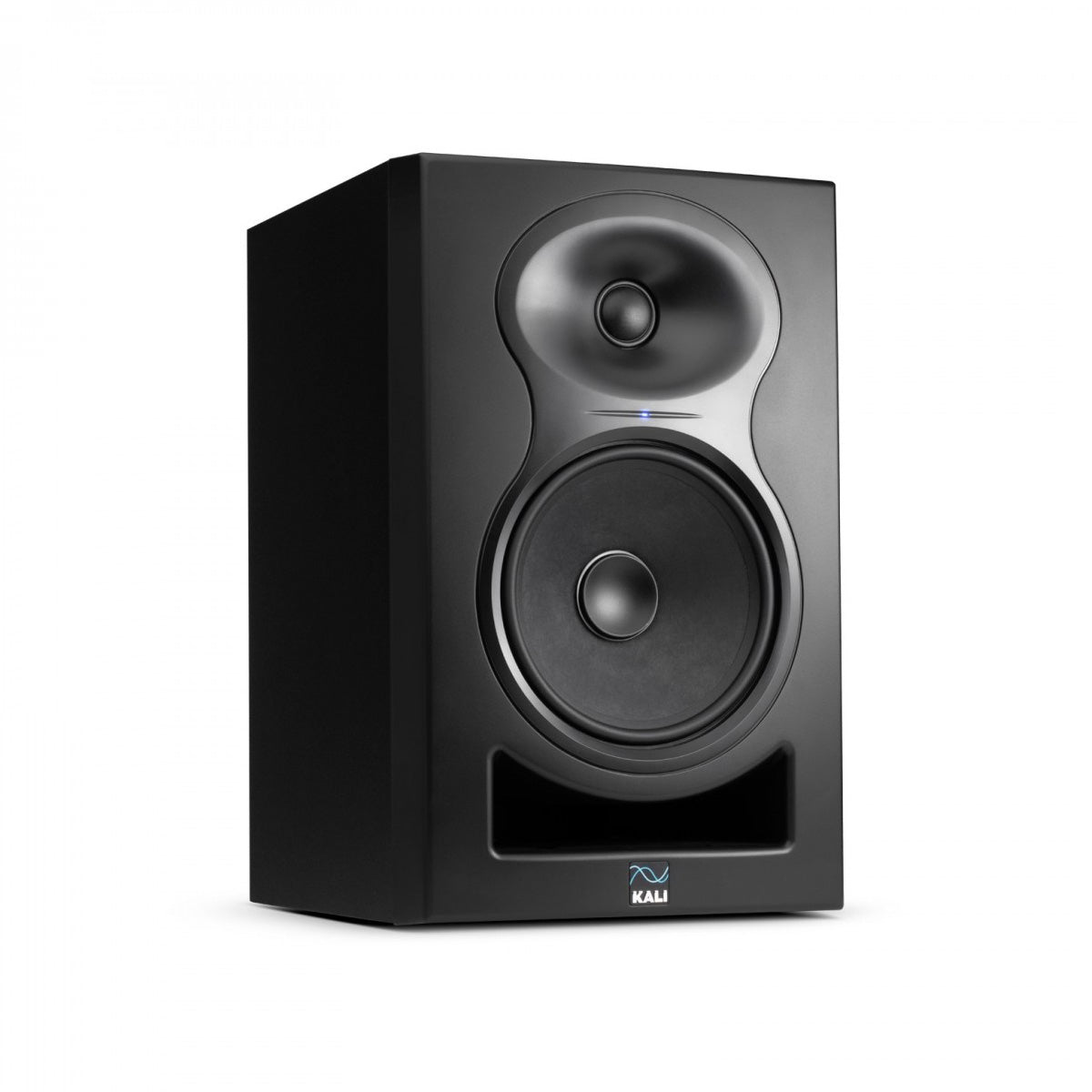
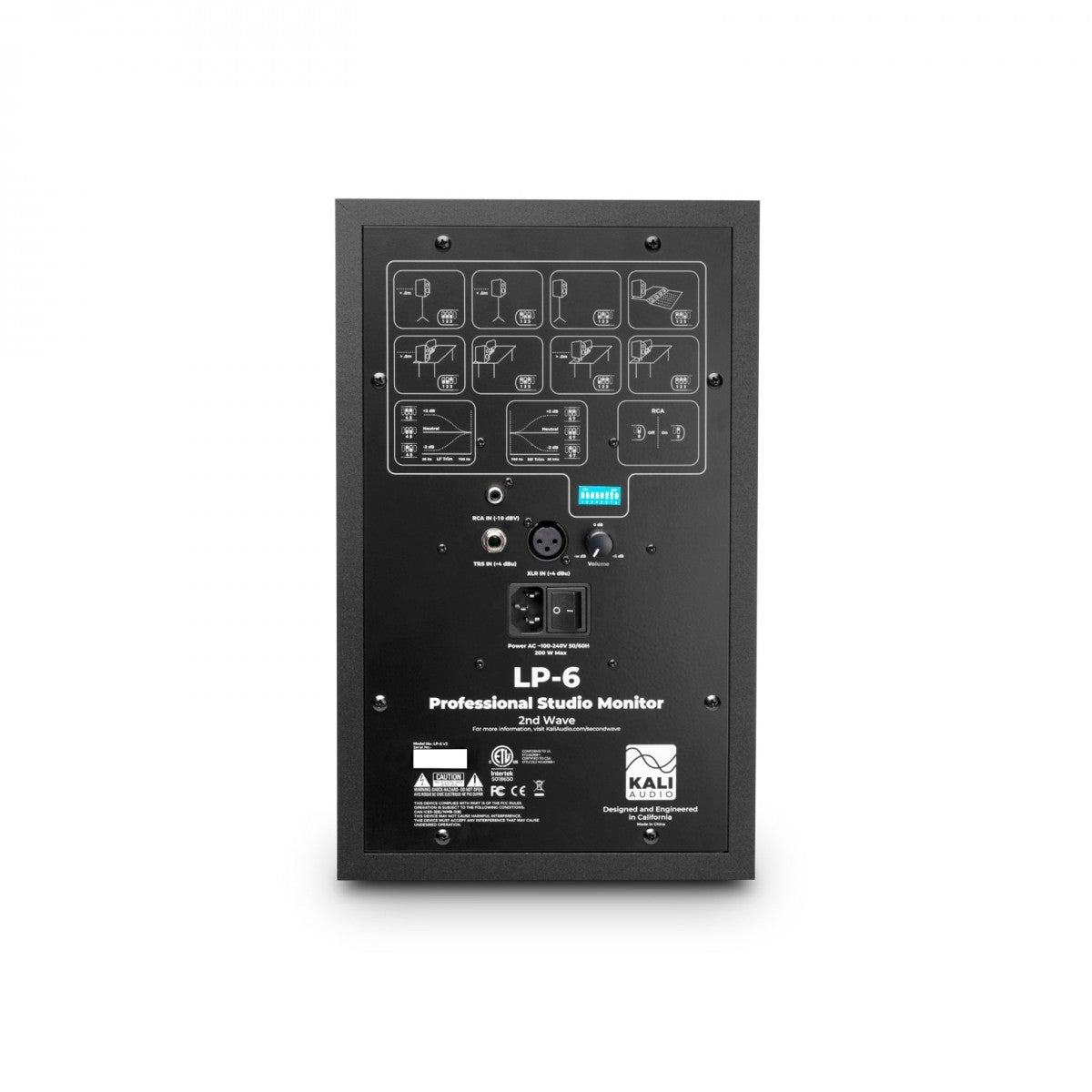
KALI AUDIO
Kali Audio LP-6 V2 Active Studio Monitor (Single)
The Kali Audio LP-6 V2 Studio Monitor is a upgraded version of the original Lone Pine series. With a host of performance improvements to mix and master your music in complete confidence. Staying true to the Kali Audio sound, the LP-6 V2 Studio Monitor delivers a crystal clear frequency response with an innovative 3D spatial imaging system to transform your mixes from amateur to professional.
Featuring a 6.5-inch cone and precise tuning, the Kali Audio LP-6 2nd Wave produces a transparent response to help you make more accurate mixing to ensure your tracks translate on any playback system. A front-mounted bass port coupled with a low-frequency oversized magnet produces an extended, powerful and clean bass response, ideal for mixing bass-heavy music.
An updated amplifier module increases the headroom by 3dB whilst reducing the noise-floor by 12dB for a cleaner signal to noise ratio. The improvements to the amplifier mean that the frequency response is now smoother than ever before with a more natural high-end response. Working closely with professionals in the industry, the Boundary EQ settings have been updated to fit a wider range of applications for an even more accurate response in any room or studio. To make it easy to integrate into your setup, the speaker is self-powered and has a variety of inputs. If you're serious about mixing and mastering and want the best performance from your speakers, the LP-6 2nd Wave Studio Monitor is the speaker for you.
Main features of the Kali Audio LP-6 V2 Studio Monitor include:
- Transparent sound translates well onto various systems
- Proprietary 3D imaging waveguide delivers immersive sound staging
- A host of new improvements to both components and design for the ultimate performance
- Tune the speakers to your room with EQ boundary controls
- Optimised front bass ports ensure smooth and distortion-free low-end
POWER
Kali Audio defines a listening distance as the maximum distance at which the speakers can play continuously at 85 dB while maintaining 20 dB dynamic headroom. This means that anywhere within that listening distance, you can listen for long periods of time at reference volume, and momentary peaks such as bass drops or explosion effects will come through clearly and with minimal distortion. The LP-6 has enough output for most 1-2 person setups, and the LP-8 can handle larger setups easily.
Bass on the LP-Series monitors is delivered by larger magnets and larger voice coils than any comparable speakers on the market. This gives you more accurate bass response that extends lower, so you can dial in exactly the low end sound you need. Bass response is not boosted or overhyped, but you can be sure that you’re hearing the bass that you have on the track.
Protective limiters prevent harmful voltage from ever reaching the drivers, so there is no risk of blowing these speakers. These have been updated for the 2nd Wave, allowing for 3 dB higher output.
Both models use 40W for the 1” soft dome tweeter. The LP-6 uses 40W for the 6.5-Inch woofer, and the LP-8 uses 60W for the 8-Inch woofer.
EASE OF USE
Boundary EQ Control
A speaker’s given position in a space can drastically change it’s frequency response. A speaker placed against a wall or on a desk will sound very different than a speaker placed on a stand, even in a well-treated space. Hard surfaces like walls, desk tops, and recording consoles can change the low end frequency response of the monitor, and degrade the overall clarity of the sound.
Happily, most of the common positions are fairly predictable and easily corrected. Kali’s team did our Boundary EQ tuning at The Village Studios in Los Angeles, and came up with boundary compensation EQ settings to help you get the optimum sound for where you need to put your speakers. For the 2nd Wave, the boundary EQs have been updated for using the speakers on a desk with monitor stands. Combined with the LF and HF trims, this will ensure that the speakers sound their best no matter what room you’re mixing in, or where the speakers are placed.
Easy Connections
The LP-6 and LP-8 both feature balanced XLR and TRS inputs, and an unbalanced RCA input. The RCA input can be set to -10 dBu sensitivity when you’re using consumer devices like a laptop or smartphone’s headphone jack.
3-D Imaging Waveguide
The waveguide on the Lone Pine Series studio monitors ensures that the directivity of the loudspeaker is smooth throughout its frequency response. What’s more: it’s calibrated so that the sound power of the loudspeaker helps you to perceive sound accurately.
In practical terms, what this means is that you’re hearing spatial details in the recording that allow your brain to place elements of the recording in the space around you. This gives the speakers a more natural, lifelike feel that exposes more of the detail of the material that you’re working on. This level of detail makes it easier to make critical decisions, as well as making these monitors pleasurable to mix on and listen to in general.
Low Noise Port Tube
We wanted to put a port on the front of the LP-Series studio monitors so that they could be used in small spaces where they’d be placed against walls. At the same time, we didn’t want noise from the front port to distract from the accuracy of the speaker, so we developed a special front port that doesn’t make noise.
On most port tubes, air leaves at different speeds from different points of the opening, creating noisy turbulence. This turbulence can be heard as “chuffing,” or an audible air sound coming from the monitor. This sound will add to the noise floor and obscure the details of the low end. The port tube on LP-6 was designed to ensure that all of the air leaves the port tube at the same velocity. This helps add to the low end response of the speaker, while keeping the bass clean, tight, and devoid of extra noise.
| LP-62nd Wave | |
|---|---|
| Powered: | Yes |
| Amp Class: | D |
| Power Config: | Bi-Amped |
| HF Power: | 40 W |
| LF Power: | 40 W |
| Total Power: | 80 W |
| HF Driver: | 1-Inch Textile Dome |
| LF Driver: | 6.5-Inch Optimized Paper |
| Crossover: | 1500 Hz |
| Frequency Response (-10 dB): | 39 Hz - 25 kHz |
| Frequency Range (±3 dB): | 47 Hz - 21 kHz |
| Recommended Listening Distance: | 0.5 - 2.5 Meters |
| Max SPL: | 115 dB |
| System THD: | <3% from 80 Hz to 1.7 kHz <2% above 1.7 kHz (90dB SPL @1m) |
| Unbalanced Inputs: | 1 x RCA |
| Balanced Inputs: | 1 x XLR, 1 x TRS |
| TRS/XLR Input Sensitivity: | 94dB SPL @1m (anechoic) for +4dBu input |
| RCA Input Sensitivity: | 94dB SPL @1m (anechoic) for -10dBV input |
| Enclosure: | Front Ported |
| Height: | 14.125 Inches (35.9 cm) |
| Width: | 8.75 Inches (22.2 cm) |
| Depth: | 10.25 Inches (26 cm) |
| Product Weight: | 15.54 lbs (7.05 kg) |
- Transparent sound translates well onto various systems
- Proprietary 3D imaging waveguide delivers immersive sound staging
- A host of new improvements to both components and design for the ultimate performance
- Tune the speakers to your room with EQ boundary controls
- Optimised front bass ports ensure smooth and distortion-free low-end

